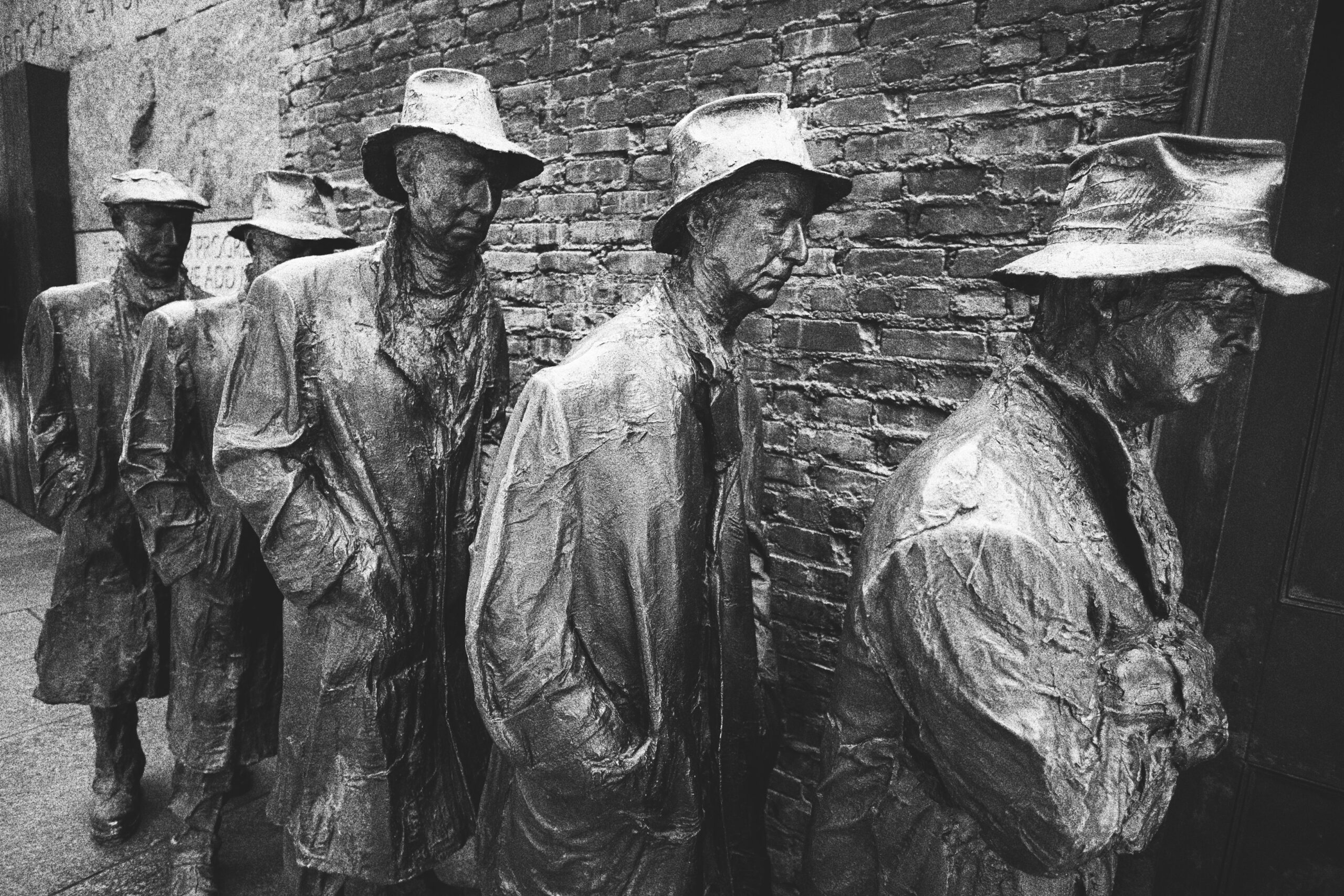Introduction
The latter part of the 20th century is said to be one of the most abhorrent and cruel parts of modern history. With World War – I taking its course in the early 1910s and hinting at the decade of the Great Depression during 1929-1939, the negative repercussions on mankind were immense. Reeling and resurging from the financial crackdown, the Japanese attack on Pearl Harbor crafted the onset of World War – 2 which further had negatory consequences. World War – 2 technically may have ended in 1945 but it fueled the Cold War of 1947 wherein, there was no large-scale fighting between the two superpowers but it involved major regional conflicts which then led to the active participation of the two superpowers in proxy wars.
The Great Depression (1929-1939)
The Great Depression is said to have been the worst economic downturn in the modern industrialized world. The stock market crash in the month of October 1929 paved the way for the Great Depression. The crash steered Wall Street in panic and chaos which resulted in the complete effacer of millions of investors. However, this was just the beginning of the chaos that was followed thereafter. The sink at Wall Street further made a big hole in the gigantic ship of investments, which had a detrimental effect on consumer spending. As a result, just within a span of four years, The Great Depression shunned down the people’s jobs and almost fifteen million Americans were rendered unemployed. In addition, nearly half of the country’s banks failed.
Causes
With a comprehensive win at the first World War, the US’s economy was thriving at a rocket’s speed. Throughout the 1920s, the nation’s wealth more than doubled by 1929. This period was called the “The Roaring Twenties”. As a result, New York City opened its arms for the Stock Market and everyone ranging from millionaire tycoons to janitors and crooks tried their luck at the Stocks Market. This led to a rapid and elaborate expansion of the Stock Market and clocked its peak by the end of August 1929.
While the Stock Market seemed like a valuable asset and introduced people to a more quick and efficient mode of earnings, high dependence on Wall Street led to a significant increase in unemployment. As a consequence of over-reliance on Wall Street, the stock prices shot up and rose to stratospheric levels. With low daily wages at that time, consumer debt was proliferating. Moreover, the increased burden of drought on agricultural failure and falling food prices, drained the banks as they handed out huge loans to local farmers which could not be liquidated at that time. This all led to a mild recession in the summer of 1929, but it didn’t have much effect on the high stock prices.
Reeling from hunger and unemployment, nervous people and investors began selling their overpriced shares in mass which took a turn for the worst. Many analysts anticipated and feared the 24th day of October 1929. 12.9 million record shares were traded that day. This was a dark day in the history of world financial markets and hence was called the “Black Thursday”. But that was not it. Five days later, on 29th October 1929, an increased number of 16 million shares were traded and an unprecedented panic and chaos were explicitly evident amidst the investors, stakeholders, and common people. This day was again called the “Black Tuesday” as investors who bought stocks at margin prices were completely wiped out.
The crash at the Stock Market had a direct and disproportionate effect on the lives of the common working class. The consumer trust in the stock market vanished. People were out of a job as the production at investment-led factories were slowed down. Those who were lucky to still have their jobs had to manage to work at extremely low wages. Furthermore, the buying and spending power in the hands of the general public decreased.
The wildfire of economic turbulence and financial chaos spread all around the world. The gold standard of the USA which joined all the countries in fixed currency exchange spread the sorrow along the lines of Europe, Asia to the rest of the world.
Conclusion
The second World War came as a disguised blessing and moreover, an amicable resolution of the Great Depression. The attack on Pearl Harbor marked the official activism of the USA’s entry into the second World war, which led to the reinstatement of shut-down factories in full swing. This led to reduced unemployment by 1942. The unemployment rate fell even below how it was during the pre-depression period. The Great Depression finally concluded and the world turned its attention to a greater global conflict!

